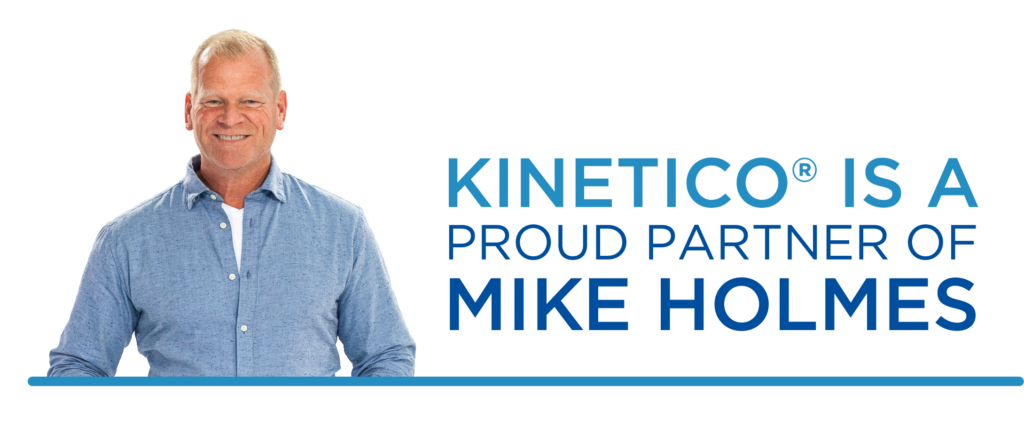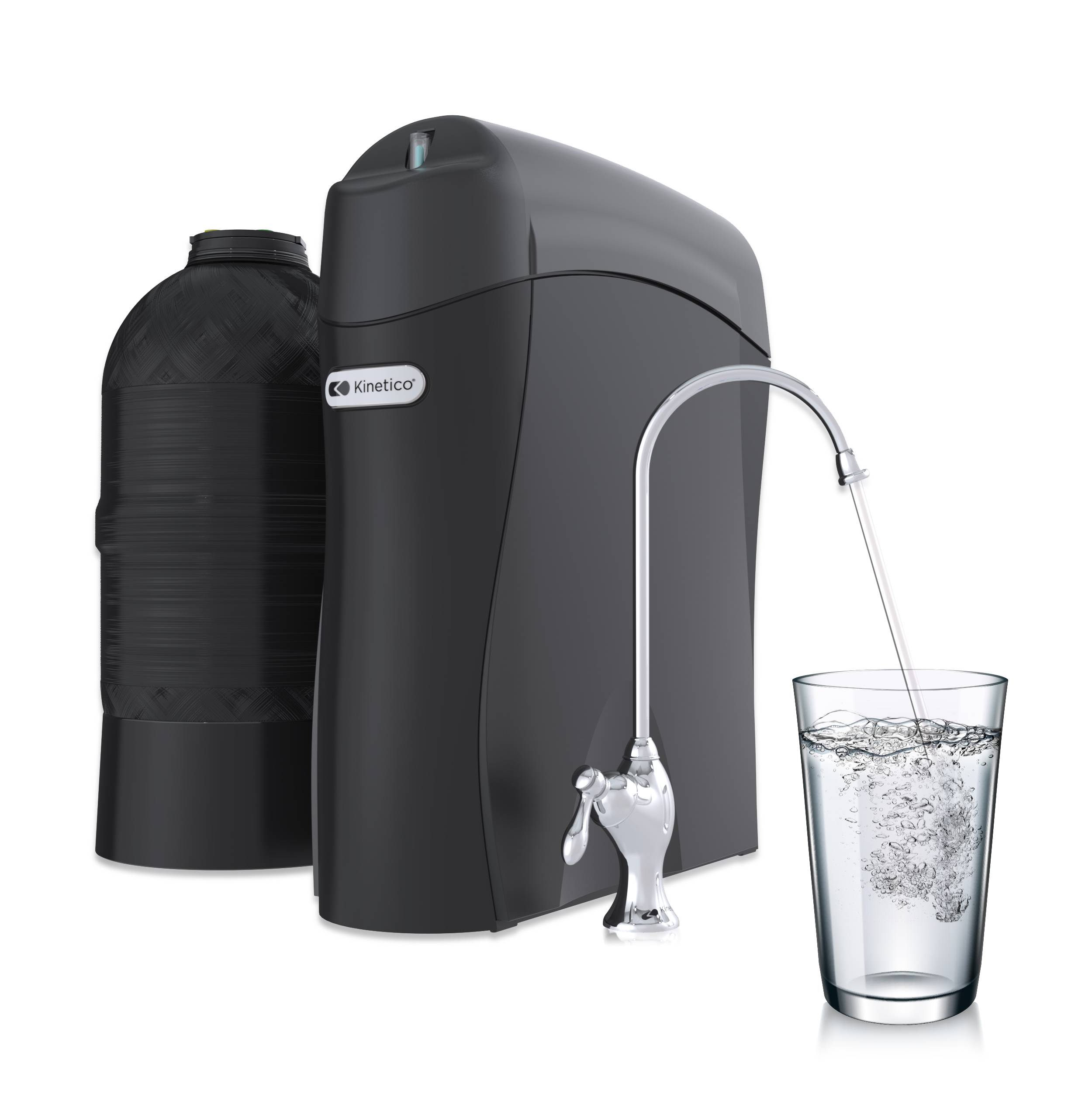Once people learn what water softeners can do to improve water quality, they often ask specific questions about the regeneration process. One of the most common topics is how the softener knows when to regenerate itself. Let’s examine two major categories of water softeners, time-initiated and demand-initiated.
Time-Initiated
Regenerating a water softener based on time was one of the first methods developed for automatic operation. Timed units put an end to the days when the softener operator had to start the softener by hand. Many of these control valve designs incorporate either a motorized or digital clock which has selection options for both the start time and number of days between regenerations. When this type of softener is regenerating, the control valve opens a path for untreated water to go directly to the taps. The clock is often set to start regeneration in the middle of the night to minimize the amount of untreated water going to the faucets or into the water heater. The regeneration interval must be a number of whole days and can be as often as every night, or as infrequent as one week or more. Careful thought must be given to selecting this interval to prevent either salt waste or hard water going to the taps.
Consider this analogy of refilling your car’s gas tank by using a clock. After estimating how many miles you usually drive, and taking into account the size of your gas tank, you may decide to add 12 gallons every four days at noon no matter what. If you drive less than usual, you will overflow your gas tank at the pump. If you drive more than usual, you’ll run out and be stranded in the middle of a trip.
Time-initiated softeners must be set based on estimates of water usage. If you have extra people visit, do extra loads of laundry, bathe your dog, wash your car or fill your kiddie pool more than what was planned, the softener will deplete and begin delivering hard water to the taps. Likewise, if you go on vacation and use no water at all, the time-controlled softener will regenerate needlessly and give you no value for the salt and water used each cycle. What is often done in practice is to be somewhat generous with the regeneration schedule, and plan for the worst case. This prevents hard water breakthrough for some cases of unplanned over-use, but is more costly to operate than a perfectly adjusted system.
Some softeners have sensors that can detect when regeneration is needed. These override the clock to some extent, but the unit still has to regenerate itself in the middle of the night in whole-day increments. This still the leaves the possibility for unexpectedly high or low water use in that one-day period to make a softener regenerate too late or too early. Still further sophistication to the time-based system adds an automatic adjustment of the salt to increase efficiency.
Demand-Initiated
Demand-initiated water softeners start their regenerations when the capacity is depleted, which could happen at any time. It’s like filling your car’s gas tank when the gauge says it’s empty. A meter integral to the control valve totalizes water passing through the system. Based on how hard the water is, the meter is adjusted to start regeneration when the softening resin reaches the end of its usefulness. When the meter gives the signal, the control valve begins a sequence of regeneration steps, which typically include drawing in brine, rinsing and backwashing. Afterwards, the tank is ready to put back into the service stream and soften again.
Some systems using demand initiation have small tanks and short regeneration times. That’s how they limit the passage of hard water going to the end user. Other demand systems have a second softening tank which goes into use as the other tank begins its regeneration. This system allows virtually no untreated water to escape to the end user. Both types of demand systems get consistently good salt efficiency since the resin beds are fully depleted and “hungry” for the salt being used every single time they regenerate. More softening capacity is captured in a fully depleted bed than a partially depleted bed just like a hungry person is more likely to finish their dinner than one who just ate.
Comparison / Conclusion
We’ve explored some basic differences between softeners using timers and those using demand-initiated regeneration. Perhaps knowing these differences will be useful to you if you ever seek water treatment for your own home or business.
By Stuart P
Water Softeners in Las Vegas, NV & Florida
If you live in the following cities, and you are in need of a city water softener, you’ve come to the right place!
2. Orlando, FL
4. Tampa, FL
Kwater is the premier provider of water softeners in Las Vegas and Florida. Kwater Treatment provides the best water softeners possible, schedule your free water analysis and get to the bottom of what’s flowing from your faucet. If you have any questions regarding water softeners, don’t hesitate to contact us today so we can answer your questions.



